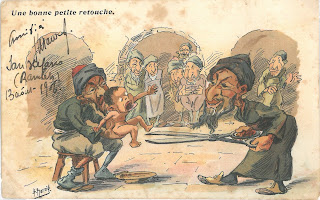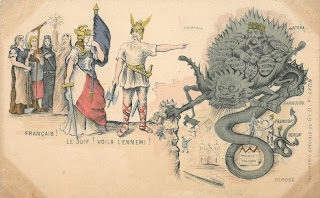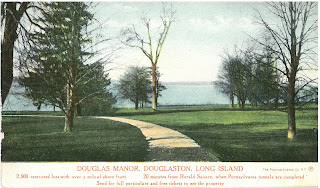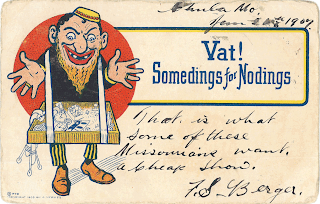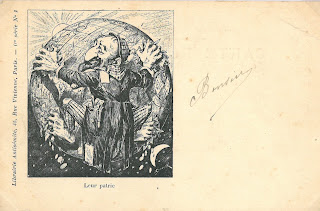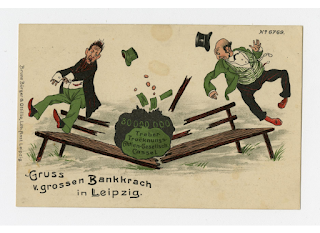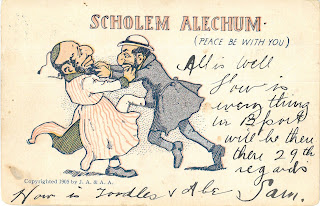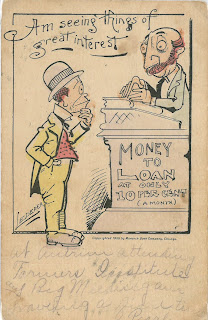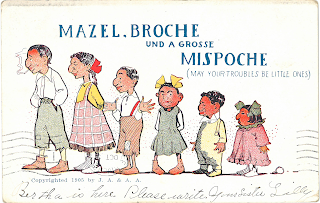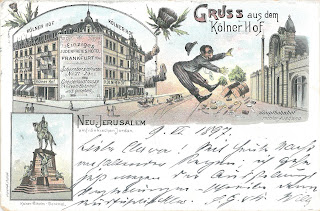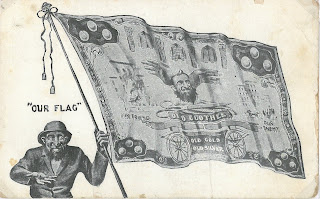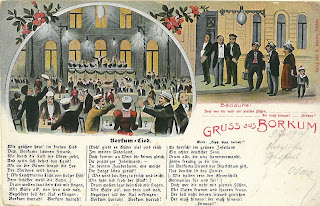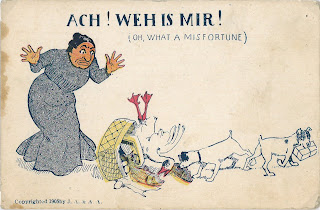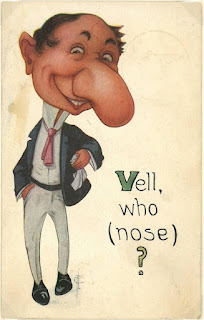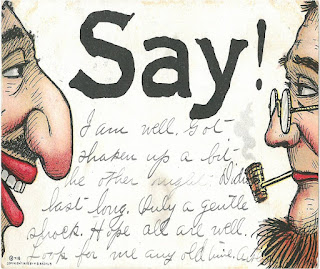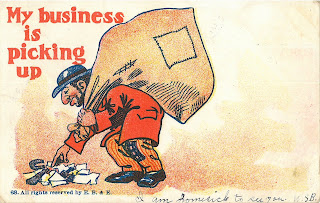A caricature of a woman with a huge Jewish nose which is out of propertion with her features. Also shows Yiddish accented English, 'mein gracious, can'd you wride'. This displays the stereotype of a Jew with a huge nose as well as not being able to speak English properly.
What is the Jewish nose or the Hooked nose
The term 'Jewish nose' or 'hooked nose' is a harmful stereotype perpetuating a perceived physical trait associated with some Jewish individuals, suggesting a prominent or curved nose shape. However, it's crucial to emphasize that stereotypes are inaccurate and offensive. Stereotypes only fuel prejudice, discrimination, and bias. Jewish people, like any other group, display a diverse range of physical characteristics. It's essential to promote understanding and respect for diversity rather than perpetuating harmful assumptions based on physical appearances. Stereotypes have no basis in science or fact and should be actively discouraged and challenged.Deltiology
Artist: Frederick Leopold CavallyPublisher: F.A. Moss
Printer:
Date: 1909
Part of the F.A Moss reminder series 6538
Rarity: ☝☝☝
less than ten seen by this blogger
#postcards #JewsAreDifferent #comic #JewishNose #jewNose


